Avoid dangerous 15-amp outlet overload!
Don't assume that your campground pedestal is wired correctly...
Dear Readers,
I was recently asked to help figure out why an outlet overheated that was feeding a 30-amp RV. I was confused at first until I asked for and received some pictures of the subpanel and outlet involved. And once you see it all, the answer is pretty clear.
The Main Service Panel
The incoming service panel had a 60-amp 2-pole circuit breaker feeding a subpanel maybe 100 feet away with 6-gauge wire. And that’s exactly what you need for this type of installation which appears to be code compliant. So that’s not the cause of the outlet overheating.
The Pedestal
But the subpanel feeding the 50-, 30- and 20-amp RV outlets looks a little suspicious. It does have a 2-pole, 50-amp breaker for the 50-amp RV receptacle, and two single-pole, 30-amp breakers, one for the 30-amp RV receptacle and no 20-amp circuit breaker in sight. Plus, I don’t see any GFCI protection, which is required for any 15- or 20-amp receptacle mounted outside. So, I wonder what’s going on? Now it can be told!
Every picture tells a story (Thanks, Rod Stewart)
In the final picture you can see a pair of 15-amp duplex outlets that were connected to the second 30-amp circuit breaker. To the casual observer (and maybe a DIY installer), this would seem to make sense. That’s because 15 amps plus 15 amps adds up to 30 amps, and somehow the outlets will sort out how much current they need. WRONG!
In this case, one of the 15-amp receptacles was forced to carry up to 30 amps of current to the RV with its air conditioner running. And as you know if you’ve watched any of my NoShockZone videos, asking a conductor and connector to carry twice its rated current is a recipe for overheating and possibly a fire.
Where’s the GFCI?
And no, there’s no GFCI protecting these duplex outlets, which is a big code violation. All outside 15- and 20-amp outlets require GFCI protection, which can be either in the circuit breaker or the receptacle itself. But be there it must.
But don’t be confused by the first version of the 2020 Code which required GFCI protection on the 30- and 50-amp receptacles. They quickly reversed that decision, and GFCI breakers are still only required for the 20-amp receptacles, not the campground’s 30- or 50-amp receptacles. But the code is still unclear about GFCI protection being needed on 30 and 50-amp RV receptacles installed at your residence. However, that may change soon.
Should you install 15- or 20-amp outlets?
While a standard duplex receptacle (outlet) with parallel blade orientation is called a 15-amp outlet, in reality it can be connected to a 20-amp circuit breaker with 12-gauge wire and will carry 20-amps of current safely. However, the 20-amp duplex receptacles with the T-slots are generally more heavier built, so I always install the 20-amp version just for the more robust internal connections.
And never use stab-style outlets which tend to overheat under continuous load. You’ll want to pay a few bucks more and get screw/clamp style outlets for a more secure connection on the back.
So are they called outlets or receptacles?
Well, they’re both, actually. If you talk to an electrician or an engineer who is steeped in NEC code language, the are called Receptacles and Cord Caps. But if you’re a consumer/layman, they are generally called outlets and plugs. So who’s correct? Depends on who you’re talking to.
Finally, please hire an electrician!!!
If this is the first time you’re reading anything like this, then you are definitely NOT qualified to install a pedestal outlet for your RV. There’s a lot that’s not covered here, and doing this incorrectly can result in a dangerous installation that could create a fire or shock hazard, and even destroy your RV’s electrical system. And without properly shutting off power in an electrical box (and keeping it off), you could kill yourself from electrocution.
So PLEASE find a licensed electrician to help you get the proper permits and do the final hookups. Most of them will allow (and even welcome) you to dig your own trench. But do not be poking around in a live electrical panel unless you’re properly trained in all safety requirements including LOTO (Lock Out/Tag Out) and required PPE (Personal Protective Equipment).
That’s a wrap!
While this verbiage may sound like greek to some of you, it’s all true. And I’m always amazed at what a DIY person will attempt on their own without any training or tools. So please don’t go outside of your skill level when working with electricity. This is one thing you definitely don’t want to learn on the job.
Let’s play safe out there… Mike






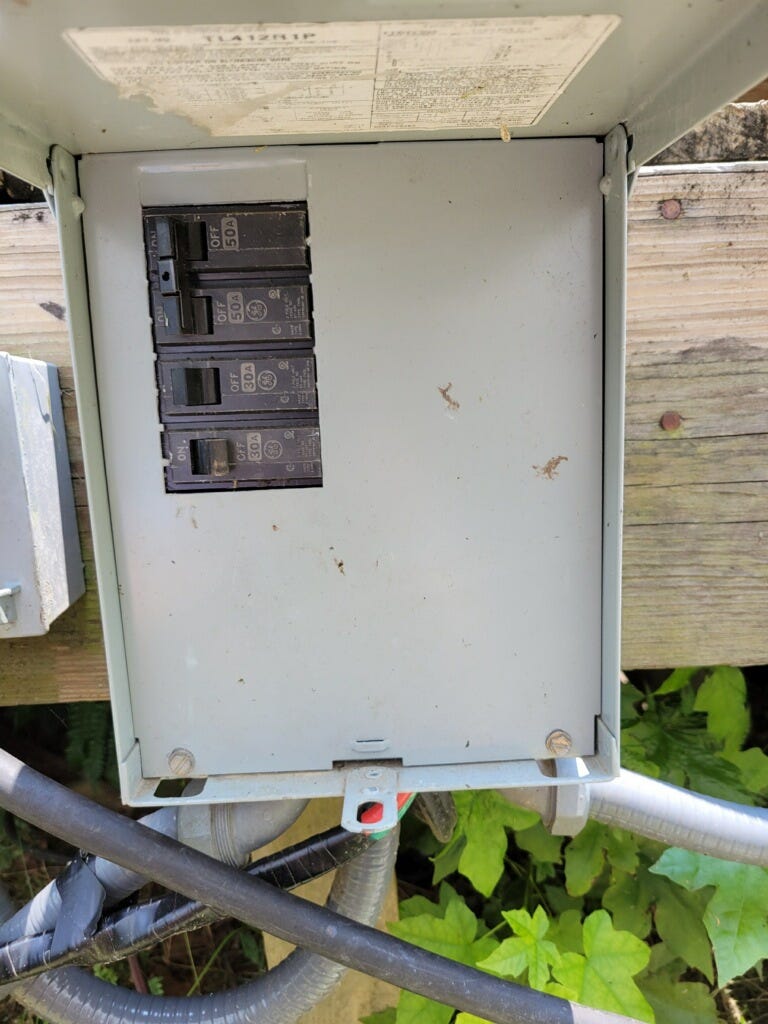
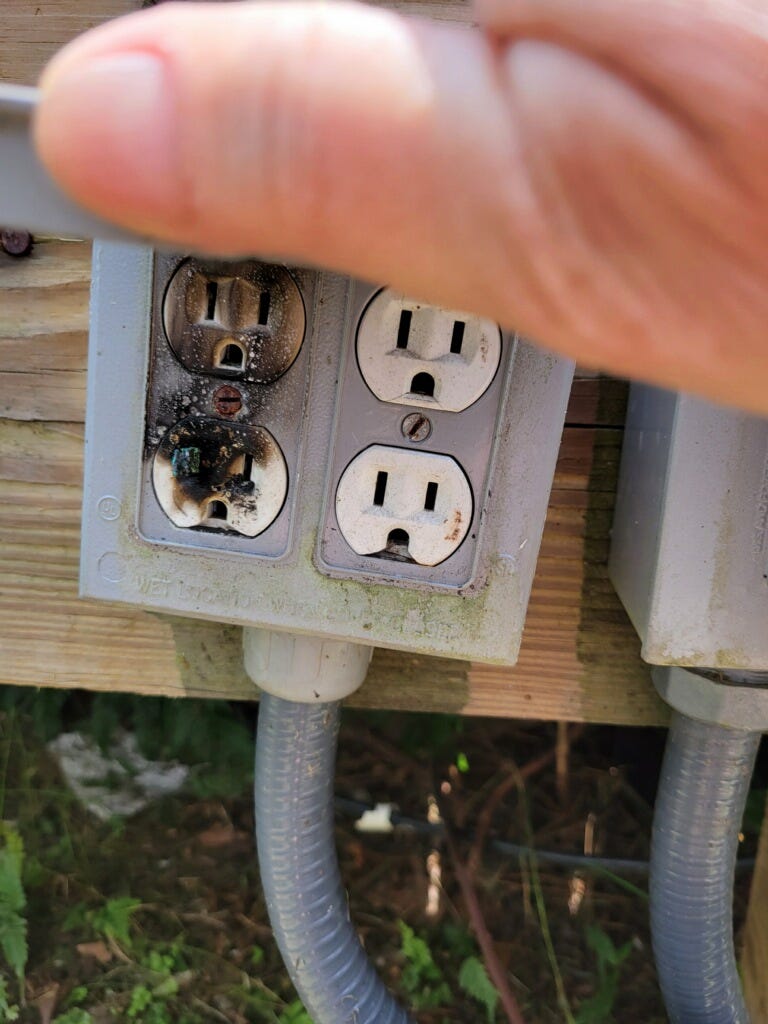
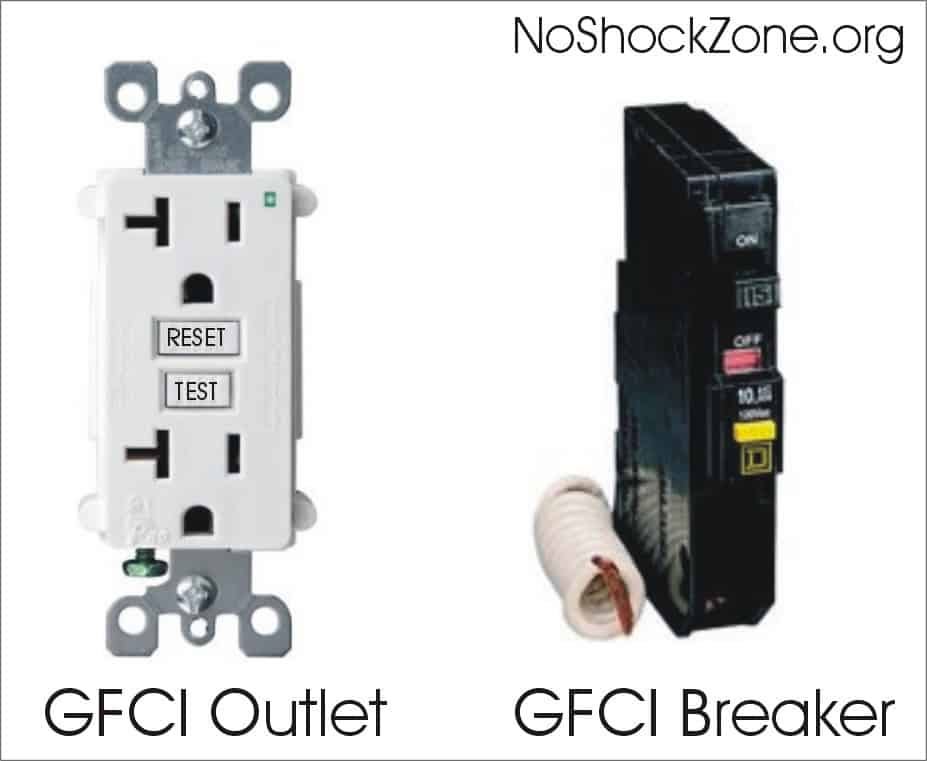
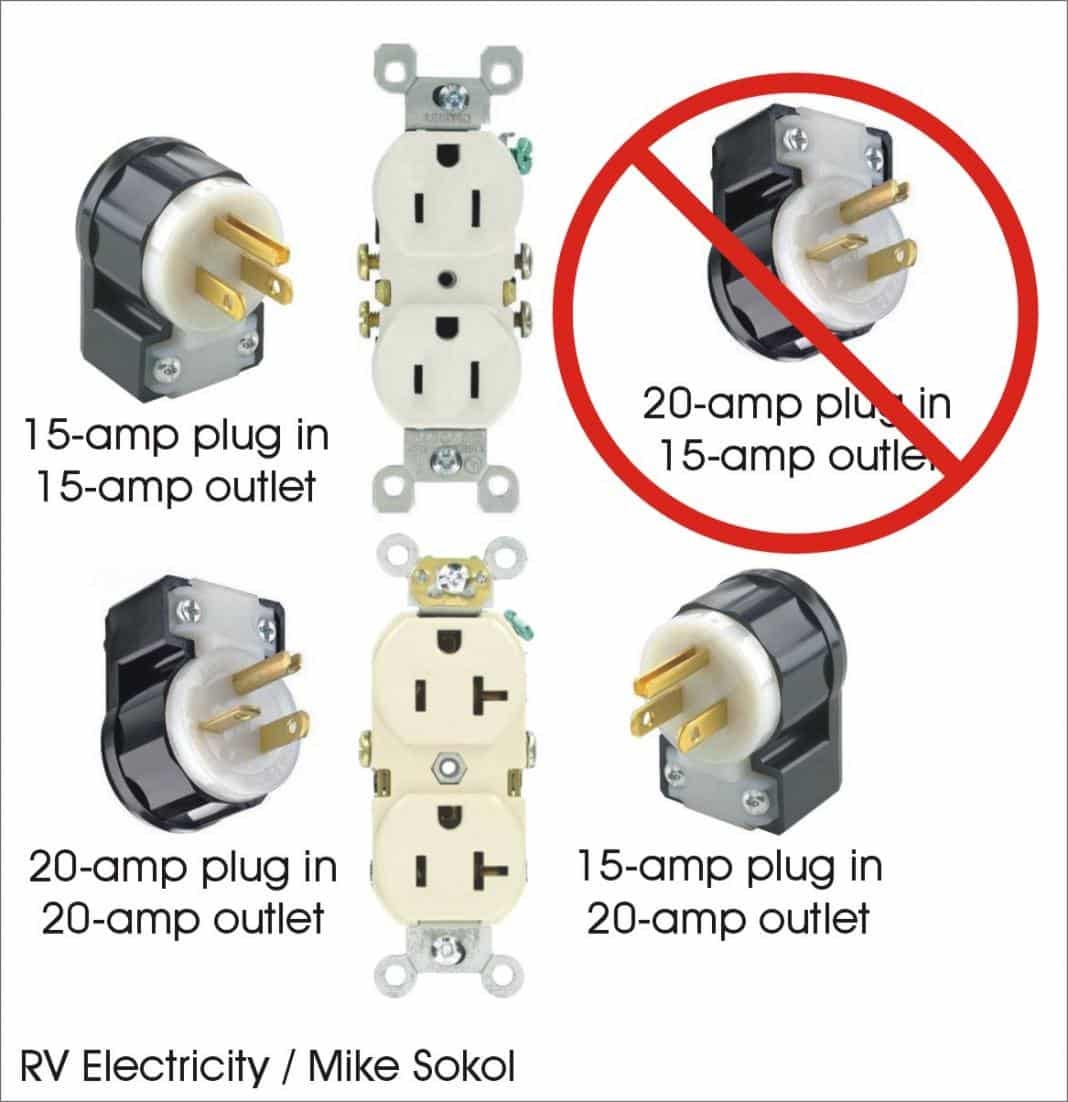
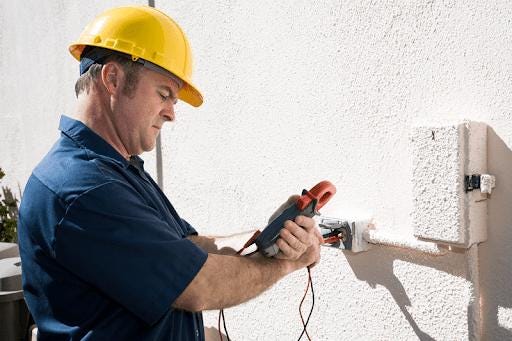

My thought too is do not assume every RV owner understands the hazards of using dog bone adapters or cheater plugs that do not match the current rating of their 20, 30, or 50-amp RV’s to connect to RV park and campground receptacles. Two wrongs do not make a right.
How many licensed electricians have wired up 30amp RV outlets as 240v? Trust but verify!